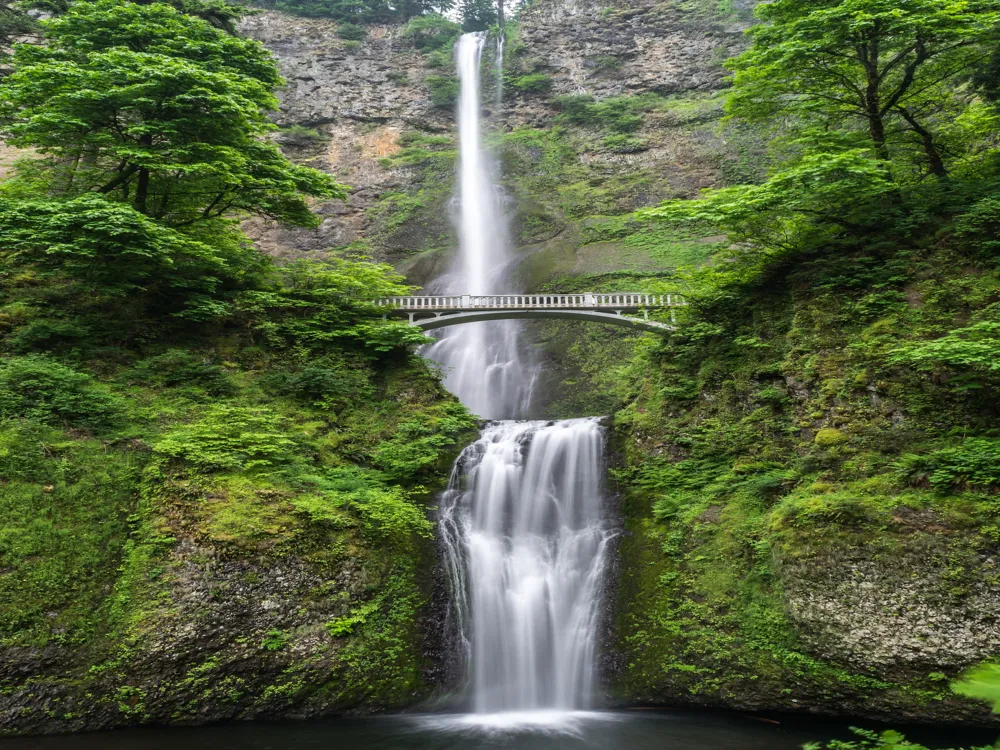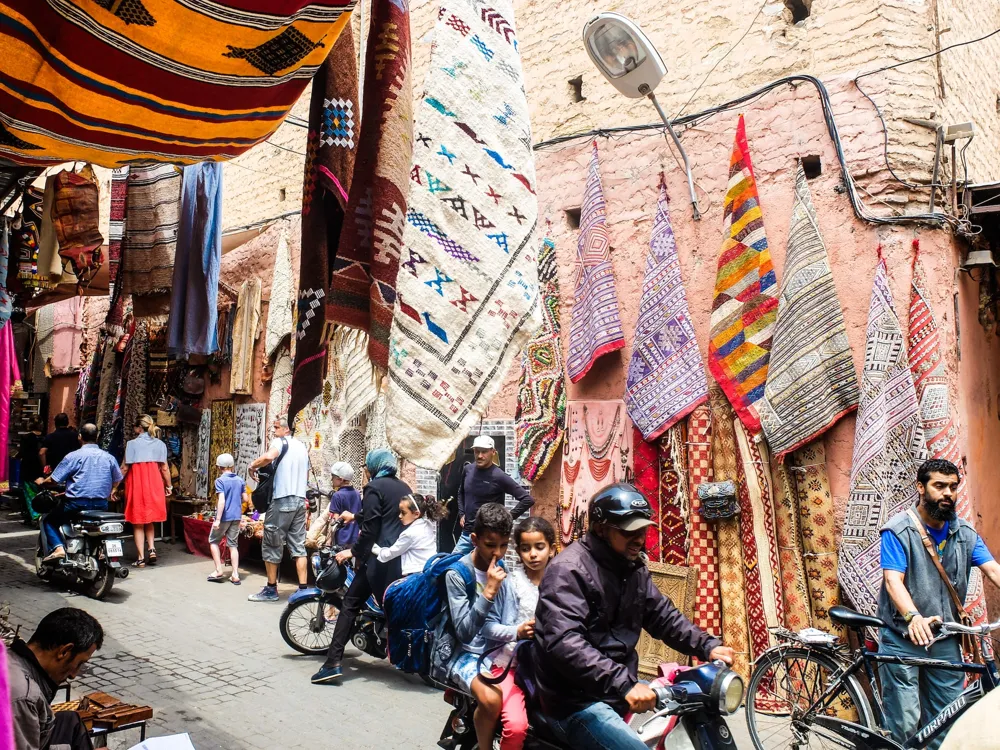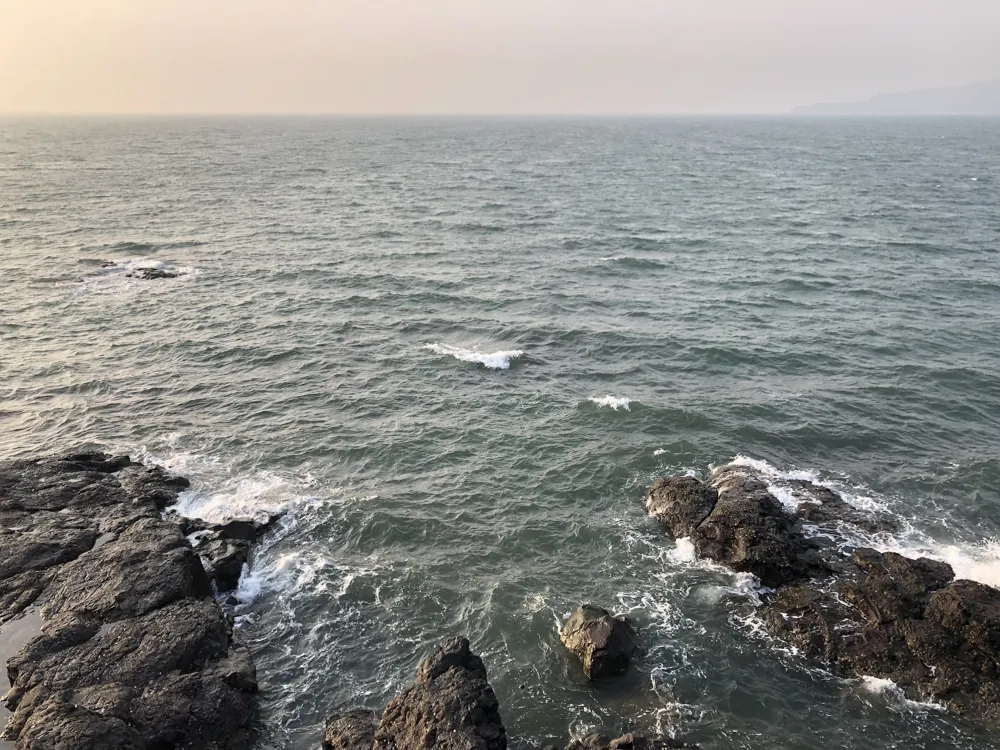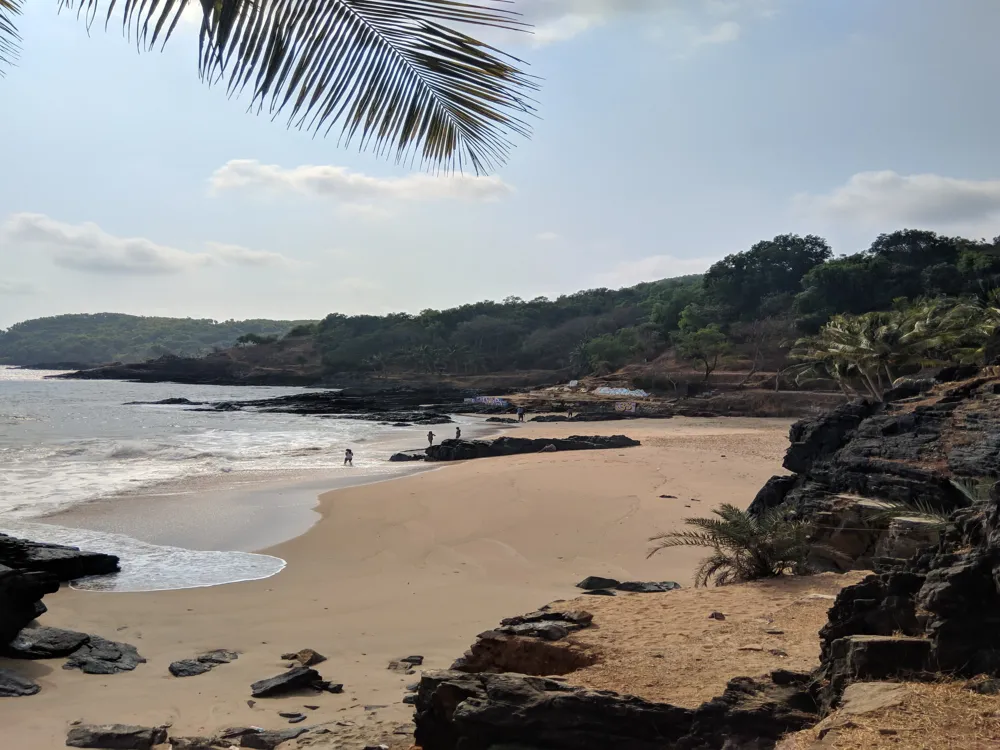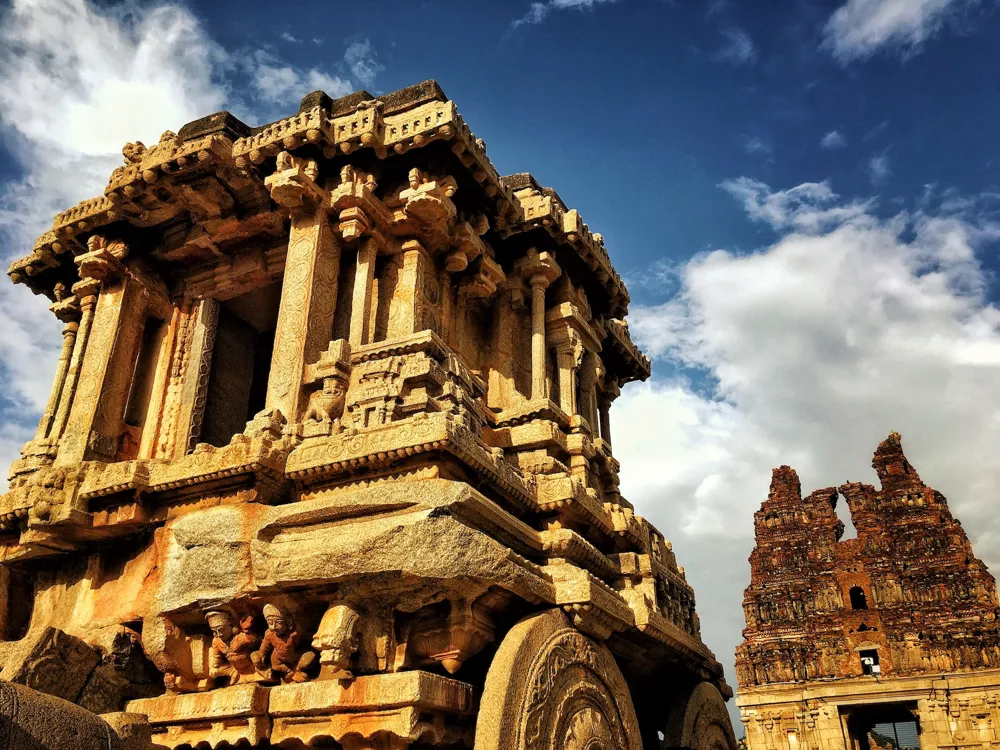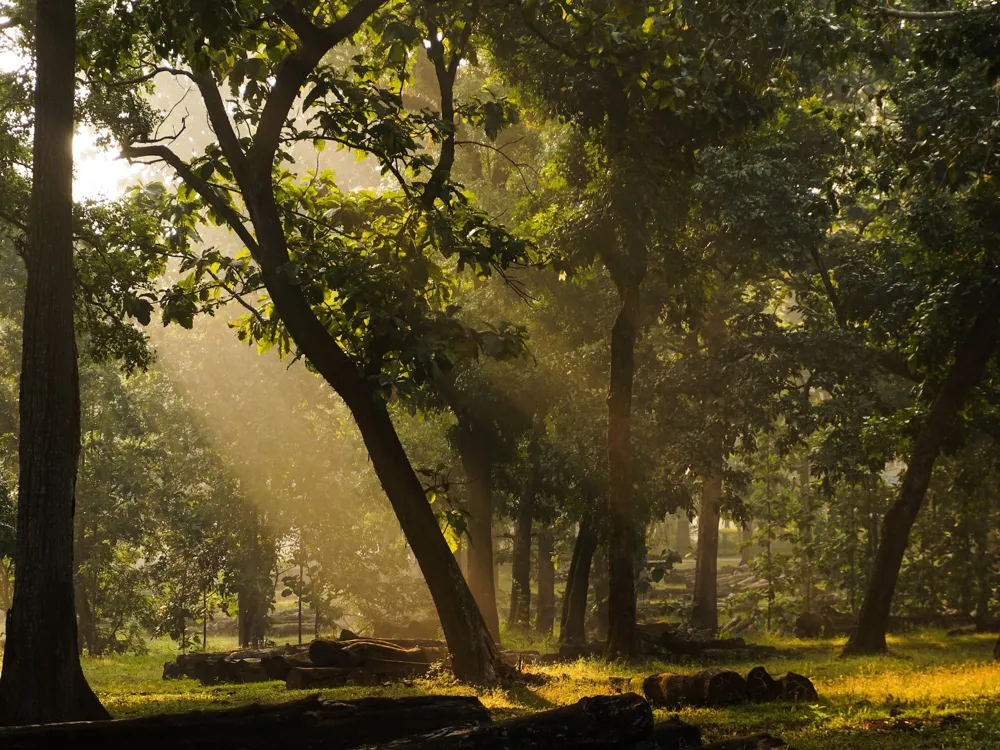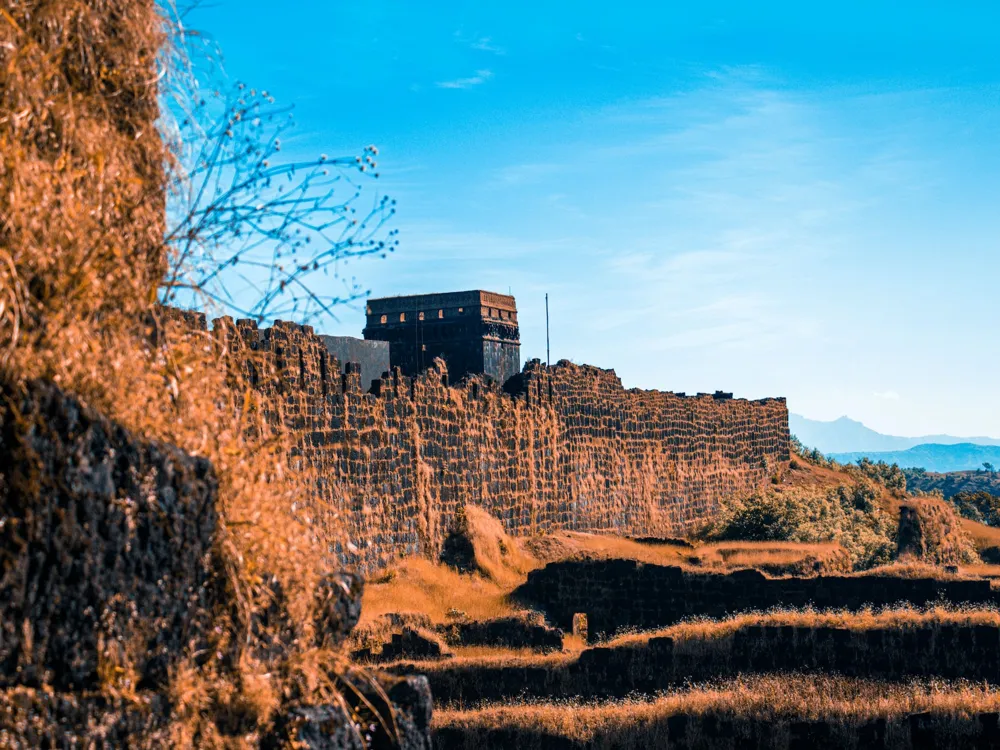The Caves of Khandepar, located in the picturesque state of Goa, India, are a remarkable testament to the region's rich historical and cultural legacy. Nestled in the quaint village of Khandepar, approximately 36 kilometers from Panaji, these ancient caves offer a glimpse into the past, revealing secrets of religious and architectural significance. This overview aims to transport you to the heart of Khandepar, unfolding the caves' mysteries and their enduring allure.
Carved into the laterite hillside, the Caves of Khandepar date back to the 12th century, a period that witnessed the flourishing of various religious and cultural practices. The caves are believed to have been a sanctuary for followers of Hinduism, Buddhism, and Jainism, showcasing the confluence of diverse religious beliefs in Goa. These caves stand as a silent witness to the region's turbulent history, marked by the rise and fall of several dynasties and colonial powers.
The architectural grandeur of the Caves of Khandepar is evident in their intricate design and the skilled craftsmanship of the artisans of the time. The caves are divided into four compartments, each adorned with distinct carvings and sculptures that reveal the artistic prowess of the era. The first cave, the largest among them, features a sanctum with a lingam, a symbol of Lord Shiva. Intricate carvings of deities and mythological scenes embellish the cave walls, narrating stories from ancient scriptures.
The second cave, though smaller, is no less significant, with its unique architectural elements that showcase a blend of various artistic styles. This cave is believed to have been used for meditation and spiritual gatherings, providing a serene environment for contemplation. The third and fourth caves, though partially damaged, still bear the marks of their former glory, with remnants of sculptures and inscriptions that hint at the rich cultural tapestry of the era.
Visiting the Caves of Khandepar is like stepping back in time, as each corner of these ancient structures tells a story of faith, art, and resilience. The caves are not just a historical site but also a symbol of Goa's diverse cultural heritage, attracting historians, archaeologists, and tourists from around the world. As we delve deeper into the architectural marvels of these caves, we uncover the layers of history that have shaped the identity of Goa.
The Caves of Khandepar stand as a splendid example of ancient Indian rock-cut architecture, a testament to the ingenuity and skill of the artisans of the past. The architectural style of these caves is a unique blend of various influences, reflecting the diverse cultural and religious dynamics of the time. This section explores the architectural nuances of the Caves of Khandepar, delving into the intricacies that make them an architectural marvel.
The caves are predominantly influenced by the rock-cut architecture prevalent during the 12th century. This architectural style involves carving out structures directly from natural rock formations, a technique that requires precision and expertise. The Caves of Khandepar showcase this skillful craftsmanship through their elaborate carvings, sculptures, and structural design. The choice of laterite as the primary material adds to the caves' distinct appearance, with its reddish-brown hue providing a natural canvas for the carvings.
The first cave, the largest of the four, exhibits a symmetrical design with a central sanctum housing a lingam. The sanctum is flanked by pillared corridors, leading to smaller chambers that were likely used for rituals and ceremonies. The cave's ceiling is adorned with intricate carvings, depicting scenes from Hindu mythology, while the walls feature sculptures of deities, showcasing the influence of Hindu religious iconography.
The second cave, though smaller in size, presents a more complex architectural layout. This cave features a series of chambers interconnected by narrow passageways, creating a labyrinthine effect. The chambers are adorned with carvings of floral patterns and geometric designs, indicative of the influence of Islamic architecture, which was prevalent in the region during the period of the caves' construction.
The third and fourth caves, though partially eroded, still exhibit architectural elements that are significant for their historical value. The remnants of sculptures and inscriptions in these caves provide insights into the socio-cultural context of the time, highlighting the confluence of different artistic and religious traditions.
The architectural brilliance of the Caves of Khandepar lies not just in their design and carvings but also in their strategic location. Carved into a hillside, these caves were positioned to harness natural light, creating an interplay of light and shadow that adds to their mystical aura. The use of natural rock formations as the foundation for these structures demonstrates the harmony between architecture and nature, a hallmark of ancient Indian architectural practices.
Before embarking on your journey to the Caves of Khandepar, it's crucial to plan your visit carefully. The best time to visit is between October and March, when the weather in Goa is pleasant. Ensure you have comfortable footwear, as the terrain around the caves can be uneven. Carrying water and snacks is advisable, as there are limited facilities nearby.
While exploring the caves, it's important to prioritize safety and preservation. Stick to the designated pathways and avoid touching the ancient carvings and sculptures, as they are delicate and prone to damage. Be mindful of your surroundings, as the terrain can be slippery, especially during the monsoon season.
Photography is allowed in the Caves of Khandepar, but it's important to be respectful of the site's cultural significance. Avoid using flash photography, as it can damage the ancient artworks. Be considerate of other visitors and maintain a quiet atmosphere to preserve the site's serenity.
Reaching the Caves of Khandepar is relatively straightforward, with multiple options available for travelers. The nearest airport is in Goa's capital, Panaji, from where you can hire a taxi or rent a car to reach the caves. If you prefer public transportation, regular buses ply from Panaji to the village of Khandepar. Alternatively, you can also embark on a scenic drive through Goa's countryside to reach this historical site.
Overview of the Caves of Khandepar in Panaji, Goa
Architecture of the Caves of Khandepar
Tips When Visiting the Caves of Khandepar
Planning Your Visit
Safety and Preservation
Photography and Etiquette
How To Reach the Caves of Khandepar
Caves of Khandepar
Panaji
Goa
NaN onwards
View goa Packages
Goa Travel Packages
View All Packages For Goa
Top Hotel Collections for Goa

Private Pool

Luxury Hotels

5-Star Hotels

Pet Friendly
Top Hotels Near Goa
Other Top Ranking Places In Goa
View All Places To Visit In goa
View goa Packages
Goa Travel Packages
View All Packages For Goa
Top Hotel Collections for Goa

Private Pool

Luxury Hotels

5-Star Hotels

Pet Friendly







